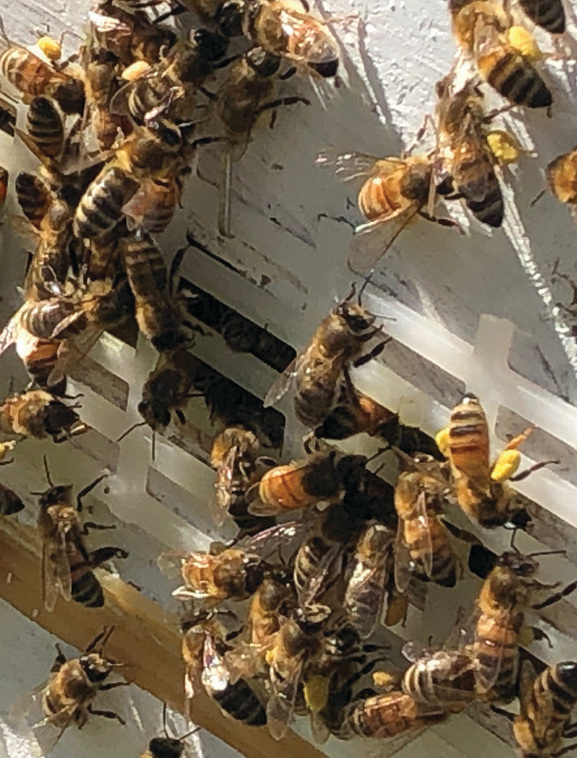Plants and pollinators have been collaborating for millions of years. If you plant a wide diversity of native plants, a wide diversity of pollinators will come.
- Assess your landscape and build on what you have before eliminating all plant life and starting over.
- Remove non-native invasive plants, and add native plants from local nurseries.
- Avoid pesticide use. Source plants from nurseries that do not treat plants with neonicotinoid pesticides that permeate the entire plant and remain active for as much as years. (Some stores label their plants “bee-friendly” even though they were grown from plants treated with “neonics.”)
- Provide a continuous succession of flowers from spring to fall to avert famine for pollinators.
- Plant larval host plants for butterflies and moths.
- Leave undisturbed areas for nesting sites — ground nests and otherwise.
- Provide a clean water source nearby.
- For help knowing what to plant, check out the BeeSmart™ Pollinator Generator app. See eeintennessee.org/resource/about.aspx?s=99061.0.0.37935 to find out more about this useful app.
- More helpful information about planting a bee garden can be found at the Bee Conservancy’s site: thehoneybeeconservancy.org/plant-a-bee-garden.
Find more tips at beecityusa.org.




